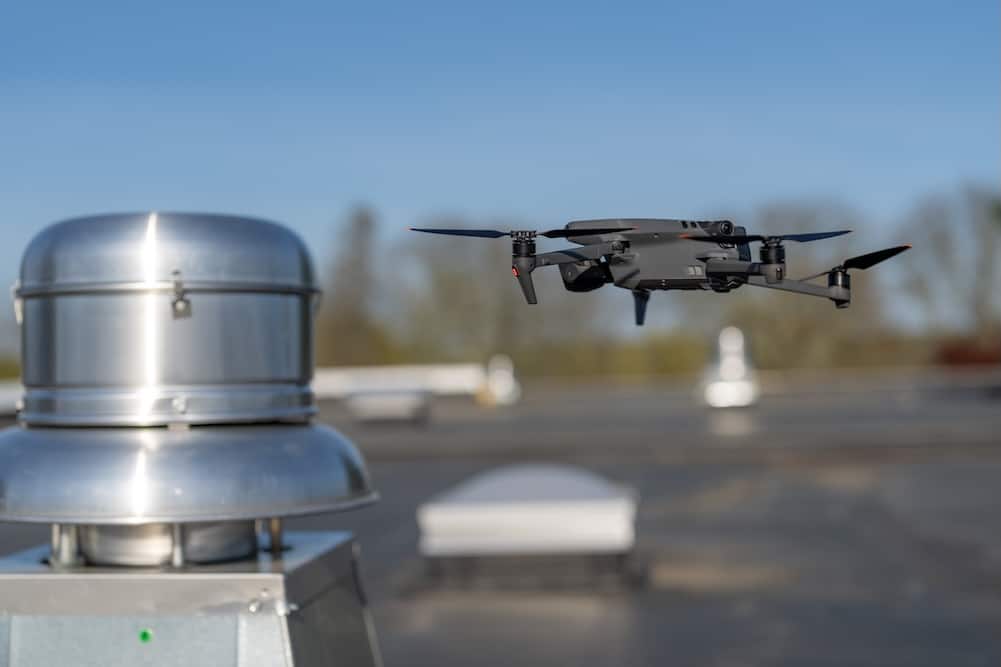A Smarter, Safer Way to Inspect Roofs
For decades, owners of commercial facilities have relied on manual roof inspections, visually scanning surfaces for obvious issues like cracks or leaks, a process that’s time-consuming, subjective, and limited in detecting hidden problems. Advanced technologies like thermal imaging, 3D modeling, high-resolution imaging, and radiometric analysis transform this approach by providing precise, data-driven insights.
Unlike manual methods, these rooftop inspection tools minimize safety risks, reduce human error, and enable proactive maintenance, delivering comprehensive results that optimize rooftop longevity and operational efficiency.
1. Safety First
Stratosight’s aerial inspection capabilities completely remove the need to send personnel onto roofs for routine assessments. Falling from heights is one of the most serious risks that maintenance professionals face, and many documented injuries over the years stem from that very hazard. This innovative approach not only protects team members but also aligns with NAES’s broader commitment to safety and operational excellence.
2. Cost Savings Through Early Detection
Gecko’s Cantilever technology transforms cost savings in rooftop inspections by going well beyond thermal imaging – it merges RGB, thermal, geospatial, deformation, and elevation data into a layered, “MRI‑like” view rather than a superficial scan. This multi‑dimensional precision enables facility managers to catch minor defects early and prioritize strategic, capital-efficient maintenance—preventing seemingly small $5,000 repairs from escalating into thousands or more damages.
3. Labor Efficiency That Transforms Roof Inspections
Stratosight’s drone-based inspections complete what can take days manually across 1–2 million sq ft—in under 40 minutes—while delivering vastly higher-resolution data. Unlike traditional inspections that rely heavily on individual inspector expertise and can vary in quality and thoroughness, Stratosight produces consistent, repeatable reports at scale.
This reliability ensures that every inspection delivers the same level of detail and accuracy, freeing teams to focus on strategic maintenance planning instead of reactive triage and delivering dependable outcomes across facilities of any size.
4. Extend Roof Lifespan with Insight-Driven Maintenance
Many facility roofs only last 7–10 years without proper upkeep, despite a design expectancy of 20 to 30 years. With Stratosight, maintenance becomes condition-based and precise: repairs are directed exactly where they’re needed, and small issues are addressed before they grow costly. For example, a small crack or leak may seem minor but could spread beneath the surface, compromising structural integrity, causing widespread damage, or damaging insulation, leading to heat loss and higher heating costs. This proactive approach extends the life of rooftop assets and protects capital investments.
Why Stratosight and NAES Deliver Value
- Advanced Data, Real Results: Stratosight offers high-resolution imaging, thermal layers, and soon, radiometric and 3D modeling for even richer diagnostics.
- Proactive Intelligence: The system uncovers hidden risks—including unseen deformities, membrane flaws, and pooled water—enabling smart, timely fixes rather than last-minute damage control.
- Strategic Impact: Beyond safety and savings, the platform supports better capital planning, targeted resource allocation, and improved facility resilience. It even offers geo-tagging to pinpoint defects accurately for repair teams.
Listen to the full episode here and get practical insights into the future of energy, from industry insiders who are building it.
